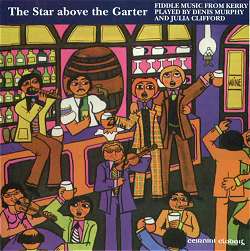
A couple of quick news points at the end of this February Break.
Firstly, check out the recent Fragments Project post to learn more about our composition project inspired by a piece of Medieval music from Hawick.
Secondly, top Scottish flute player Calum Stewart is playing at Smailholm Village Hall on Friday 21st March. If you can go, you won’t forget it as his music is extraordinary. A good excuse for a FluteFling trip!
Next, things are in motion for a FluteFling Scottish Flute Day on Saturday 10th May as part of Tradfest Edinburgh. Tutors Kenny Hadden (Aberdeen) and Sharon Creasey (Glasgow) will be teaching, as well as myself. There will be a new page with updates and information on this site very soon.
Finally, be sure to check the Diary page as classes skip a week due to the February break.
Photo: Sandy Bell’s music session (c) Gordon Turnbull. Flute player is David Begg, Pete McClements plays fiddle, Robert Chalmers concertina.


 We began the term with the first of a pair of jigs that are associated with Irish fiddler Tom Billy Murphy. Tom Billy (1879-1944) was from the Sliabh Luachra (“Rushy Mountain”) are on the Cork and Kerry border and is particularly known for its polkas and slides.
We began the term with the first of a pair of jigs that are associated with Irish fiddler Tom Billy Murphy. Tom Billy (1879-1944) was from the Sliabh Luachra (“Rushy Mountain”) are on the Cork and Kerry border and is particularly known for its polkas and slides. S’iomadh Rud A Chunnaic Mi (Many’s the Thing I Saw) is the latest Slow and Steady tune and is a piece of port a beul (mouth music) that is also a reel. The largely straightforward construction of this tune makes it suitable for getting to grips with the rhythm of the reel.
S’iomadh Rud A Chunnaic Mi (Many’s the Thing I Saw) is the latest Slow and Steady tune and is a piece of port a beul (mouth music) that is also a reel. The largely straightforward construction of this tune makes it suitable for getting to grips with the rhythm of the reel.